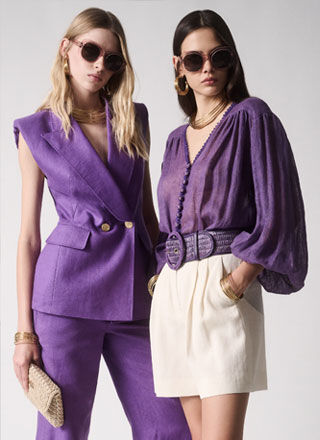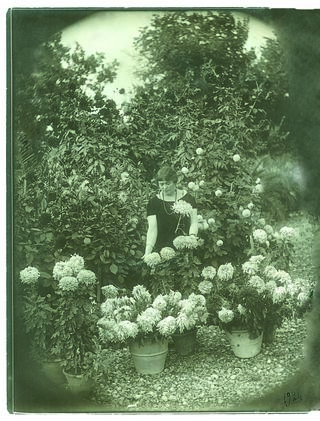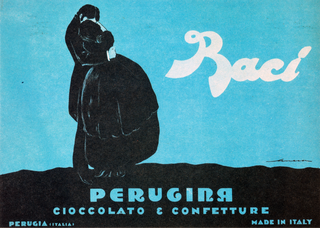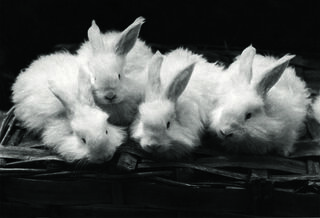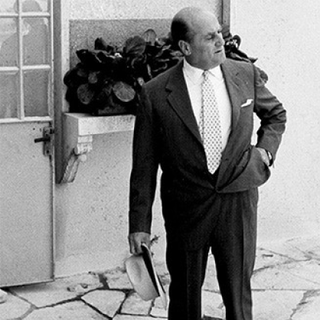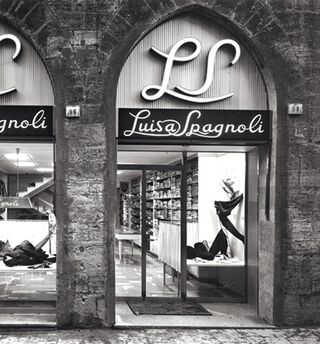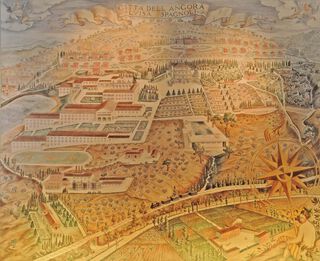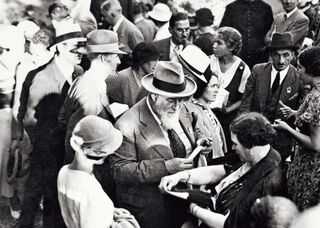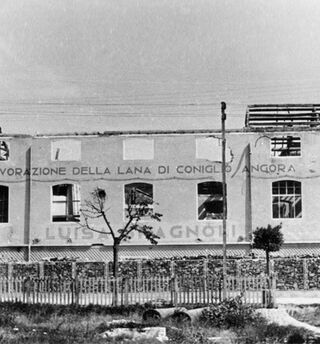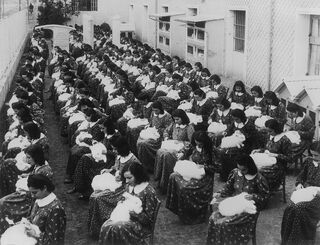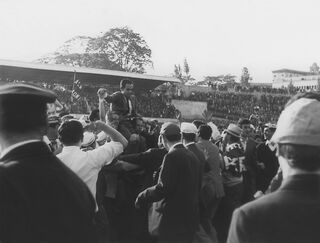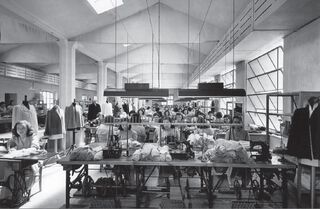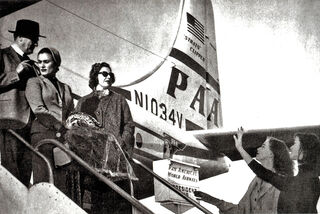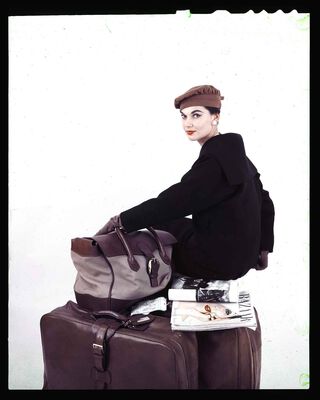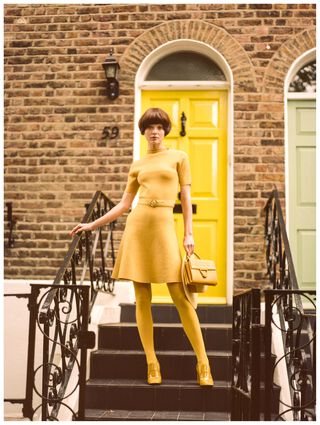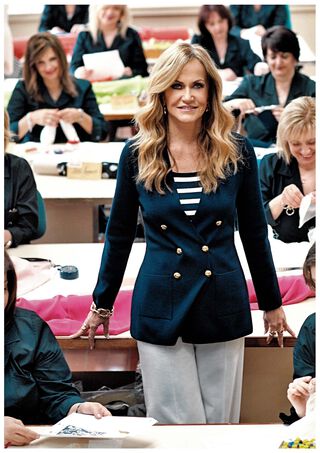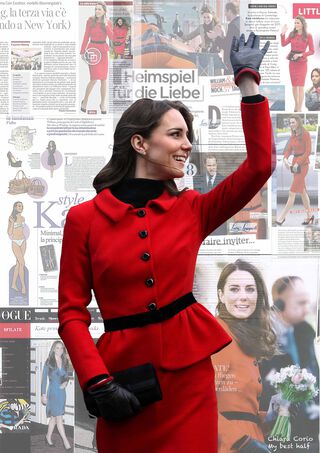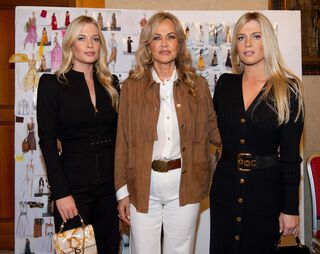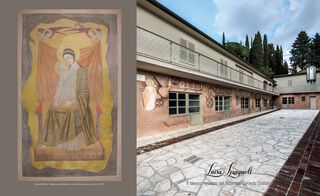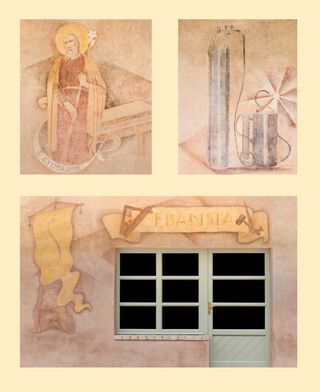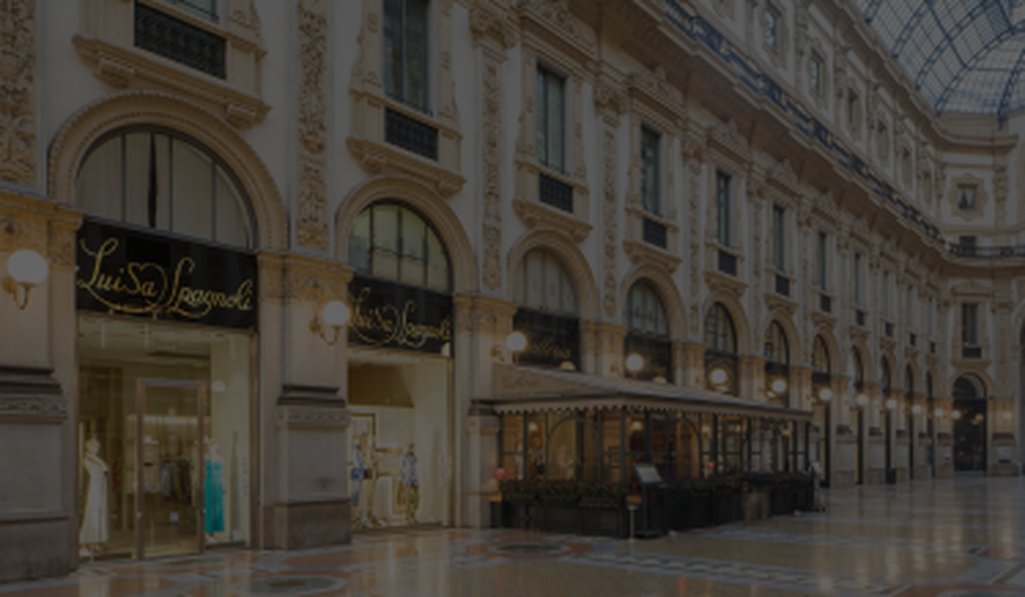LINO SPAGNOLI
In 1953, the company leadership was passed on to Lino Spagnoli, Mario’s son, who consolidated and increased the heritage entrusted to him, by highly focusing on innovation and expanding the sale network.
Thanks to his ability to anticipate times and skills in promptly grasping the need for organisational, production and commercial changes, Lino Spagnoli was responsible for the progressive exploitation of all company’s potentials, lying the bases of the current corporate structure. He is attributed the great merit to diffuse an enterprise culture focused on strategy, marketing, distribution and financial management.
Thanks to his ability to anticipate times and skills in promptly grasping the need for organisational, production and commercial changes, Lino Spagnoli was responsible for the progressive exploitation of all company’s potentials, lying the bases of the current corporate structure. He is attributed the great merit to diffuse an enterprise culture focused on strategy, marketing, distribution and financial management.
Lino Spagnoli, in addition to be a great corporate leader, was also fond of sports. In 1957 he began practicing power boating, winning the world title in the «Racers» category in 1959 and the European title «Racers 800 kg» in 1960.
From 1966 to 1973, he was President of the Football Association of Perugia, leading Umbrian football club from C to B league.



